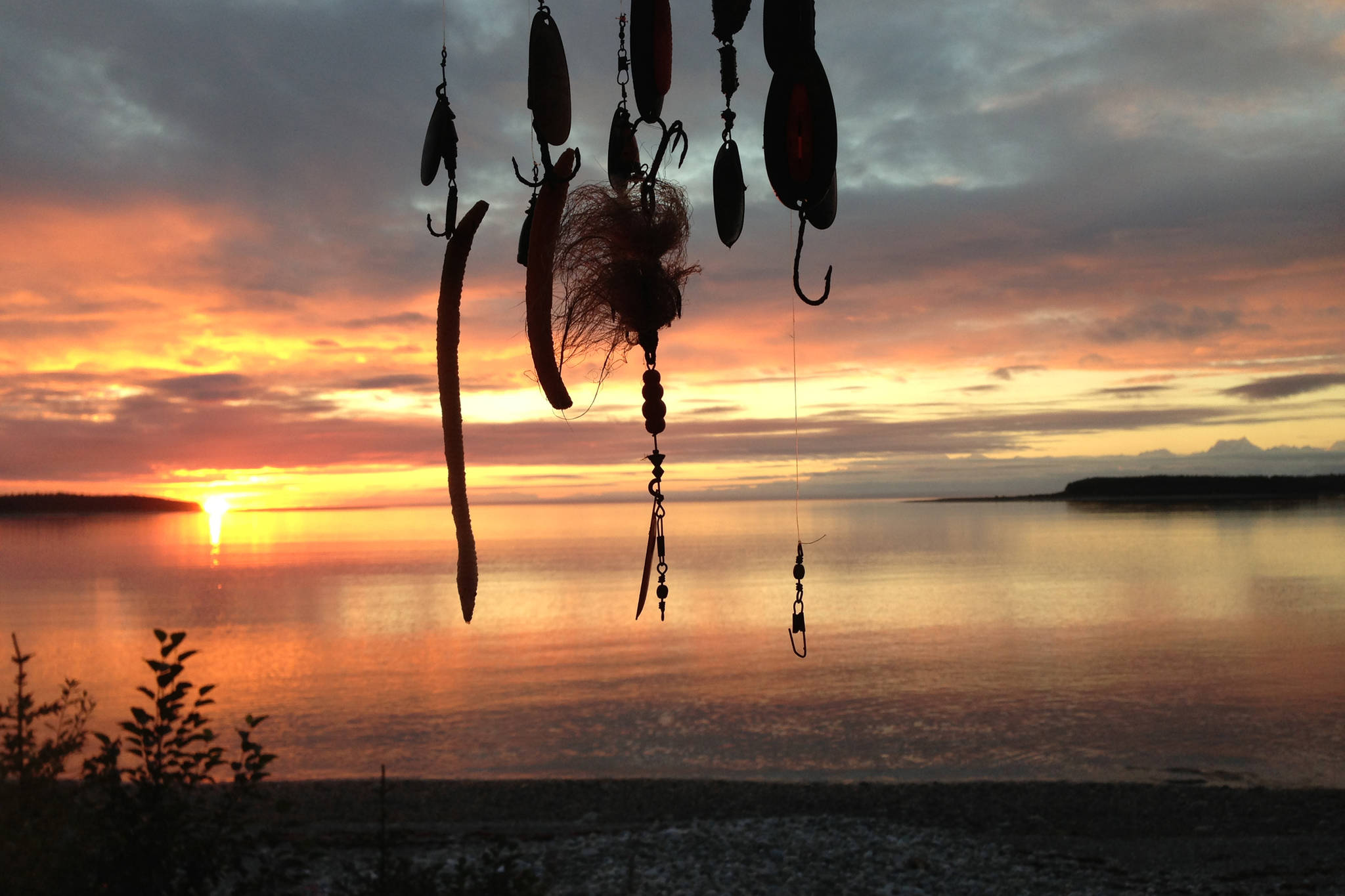Yakutat once found quirky fame as a surfing destination for the adventurous. Now, residents are looking into capturing wave energy to provide the town’s power.
Jeremy Kasper and Stephanie Jump, with University of Alaska Fairbanks’ Alaska Center for Energy and Power, are investigating the best potential underwater-energy sites.
Ocean waves can generate electricity as underwater devices convert motion into power. Some prototypes sit on the bottom in about 15 to 30 feet of water, sloshing back and forth to power a generator. Others use air bladders moving up and down to power turbines.
Yakutat is currently powered by diesel generators. People there don’t have many other options for energy.
“The sites good for wind power are too far out of town. Solar may work in the summer, but not year-round,” Kasper said. “About 20 or 30 years ago, the Bureau of Ocean Energy Management assessed offshore oil and gas resources and didn’t find much.”
From 2013 to 2016, the city and borough split the cost with the Alaska Energy Authority to explore Yakutat’s wave-power potential. Then the Bureau of Ocean Energy Management provided funding for a project from 2017 to 2020 in which scientists measure seasonal wave action, sediment transport, fisheries and marine mammal presence.
Kasper and Jump’s team has deployed instruments attached to moorings on the ocean floor. The equipment stays in place for a few months, then team members return to collect information.
Working out of Yakutat is a logistical challenge.
“There’s not a lot of research support in Yakutat. We charter a 26-foot halibut boat,” Jump said.
Team members buy stainless steel nuts and bolts at Yakutat’s hardware store because the maritime climate causes regular hardware to rust and break. Some equipment needs lithium batteries that have to be transported on the monthly barge into town.
The UAF crew teamed up with researchers from University of Washington recently to add microphones to their wave-monitoring stations. The microphones capture sounds ranging from the low frequencies of whale calls to the high frequencies of porpoises.
Commercial and sport fishing are a large part of the Yakutat economy, so the team also did top-and-bottom trawling in the study area near Cannon Beach to document fish species.
Jump and her coworkers measured the height of beaches in the area, to determine sediment movement. Meltwater from local glaciers transports fine glacial sediments to the ocean, at some of the highest rates in the world. Power generators take energy away from the waves and convert it into electricity, which could affect where and how the water deposits sand, possibly changing the beaches.
Three moorings are currently in place, with new instruments recording sediment deposits, suspended sediments, wave differences, and offshore currents. In Alaska fashion, the team repurposed 1,500-pound Alaska Railroad train wheels to anchor the underwater instruments.
“You put a couple of moorings and people in that boat, you’re maxed out,” Jump said.
The ocean floor near Yakutat is sandy. Dropping the moorings into place is like putting up a vacancy sign for barnacles and other small marine life, creating a temporary artificial reef. Kasper said they apply diaper-rash cream to the instruments because the zinc in it slows down the growth of sea creatures.
So far, wave activity shows seasonal patterns: it peaks in the winter when there are more storms, drops off in the summer, then rises again in the fall. The seasonal fluctuations are important. Yakutat’s power use peaks in the summer, when the fish processors make ice for their catches. Knowing when peak power-generating happens will help identify how to integrate wave-action generators into the existing grid.
The diesel currently powering Yakutat’s city generators is expensive and has to be carried in by boat, so wave energy could provide savings in the long run. Research into wave energy for Yakutat could serve as a template for more of Alaska’s coastal communities.
• Since the late 1970s, the University of Alaska Fairbanks’ Geophysical Institute has provided this column free in cooperation with the UAF research community. Beth Grassi (bagrassi@alaska.edu) is a science writer for the Geophysical Institute.

